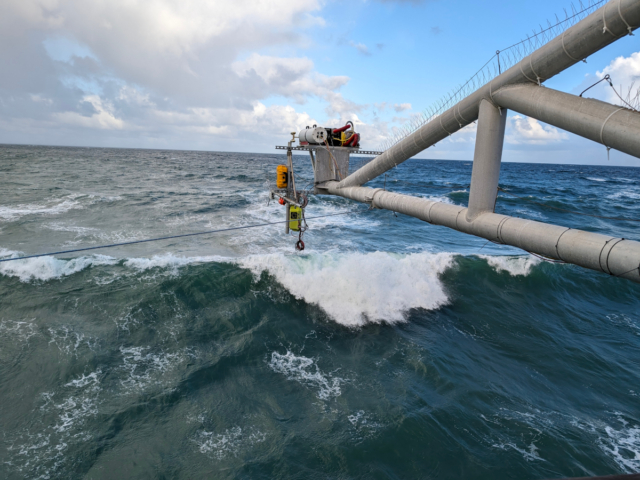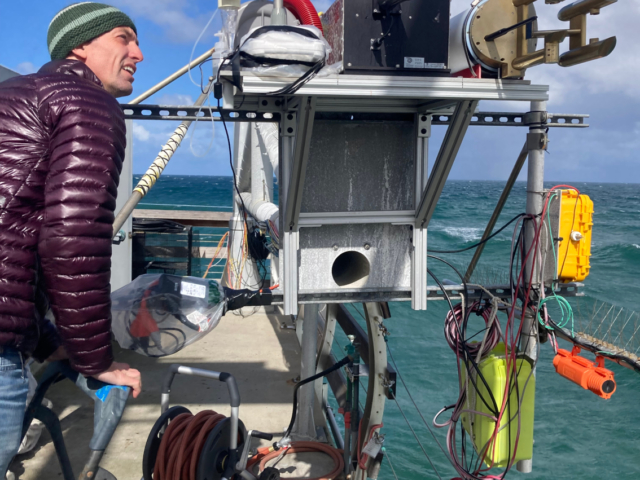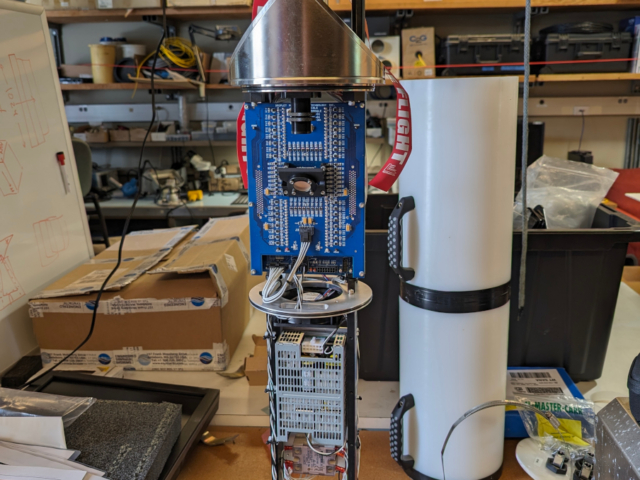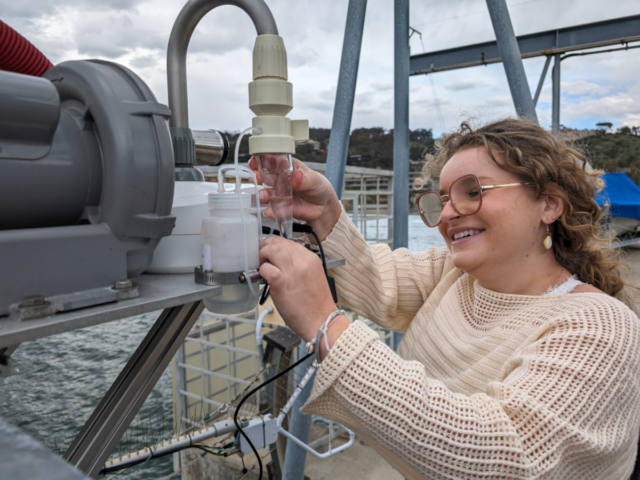LArge Biological Marine Aerosol Transport Experiment (LABMATE)
Sea-spray aerosol (SSA) plays a crucial role in climate processes by influencing radiative forcing, cloud formation, and precipitation. While SSA particles with diameters between 0.1 and 10 μm are commonly studied, larger aerosols (>20 μm) have been observed over terrestrial and oceanic regions but are generally overlooked. Large bioaerosols can be formed by pollen, fungal spores, and cell debris. However, the abundance, dynamics, and composition of large marine aerosols remain poorly understood. This study observed wave and atmospheric conditions driving aerosol production, the resulting SSA abundance, and sizes (up to 90 μm), and collected collocated SSA samples for microscopy analysis. The experiment took place during a two-month time period in the summer of 2024 from the Scripps Institution of Oceanography Pier and utilized a unique collection of air sampling instrumentation on a retractable boom arm. SSA above 20 μm were frequently observed, containing a diverse range of intact phytoplankton cells, including small flagellates (2 μm), to diatoms, and colonial cells (above 40 μm). The abundance of small flagellates suggests that sea-to-air transfer may be an important, yet overlooked, dispersal mechanism for these groups. The findings highlight the ubiquity of large marine aerosols and their capacity to carry intact phytoplankton cells.
Location
Scripps Institution of Oceanography Pier
Time
Summer 2024
Media






